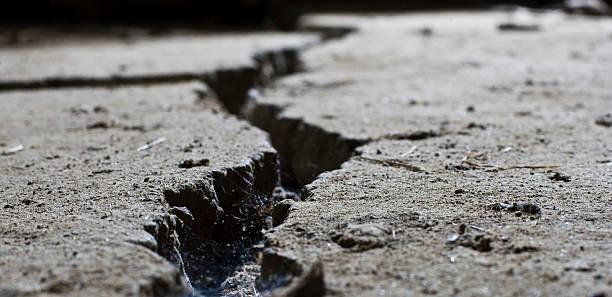
Situated on the African tectonic plate, Sudan finds itself nestled between the East African Rift and the Red Sea Rift, making it vulnerable to seismic activity. The convergence of these tectonic plates has resulted in a complex network of faults beneath Sudan’s surface, capable of rupturing and generating earthquakes of varying magnitudes.
Recent history has also seen Sudan experiencing significant earthquakes, with notable ones occurring in [year], measuring [magnitude]. These events have led to structural damage and highlighted the importance of earthquake preparedness. Sudan, in collaboration with international organizations, has undertaken substantial efforts to enhance earthquake preparedness, including the establishment of seismic monitoring systems and disaster management plans. These measures aim to ensure the safety and well-being of its citizens.
Sudanese communities have consistently demonstrated their resilience in the face of seismic events. Local initiatives, including community-based disaster preparedness programs, have empowered residents to respond effectively to earthquakes. Sudan’s culture of solidarity and support shines through during times of crisis, as communities come together to assist those affected by earthquakes.
Looking forward, Sudan acknowledges the imperative of prioritizing earthquake preparedness and investing in infrastructure resilience to mitigate the potential impact of future seismic events. The nation’s dedication to these efforts not only showcases its strength but also represents a commitment to safeguarding its communities and building a more resilient future in the face of natural disasters.
